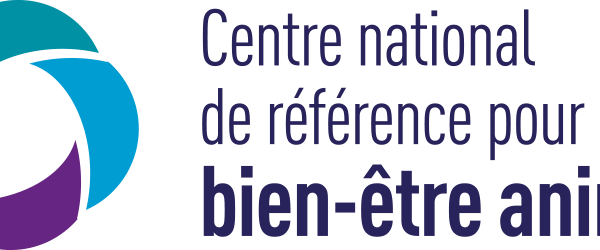Document type: Article published in Science
Authors: Jair E. Garcia, Adrian G. Dyer
Preview: The ability to experience pleasure or displeasure is created by the brain and therefore has a physiological component. In 1872, based on his observations of humans and animals, Charles Darwin proposed that evolution may select affective reactions that shape behavior, and thus individual fitness. Affective neuroscience in mammals searches for mechanistic explanations that underpin the experience of liking or disgust. Recently, the role of dopamine was reevaluated, showing that it is an important neuromodulator for wanting rather than liking rewards. On page 508 of this issue, Huang et al. show that regulation of the neurotransmitter dopamine is also an important component of the motivation of wanting in honey bees (Apis mellifera). This suggests that the fitness benefits of a motivation wanting system regulated by dopamine are likely to be conserved and may explain behavior in a wide range of animals.
In humans and other mammals, analogous brain circuitry is activated by the wanting or desire for a reward. For example, different reward types such as food, sex, addictive drugs, and even various forms of experienced artwork show evidence of stimulating a brain network that includes the prefrontal cortex, ventral pallidum, and amygdala of the primate brain in a similar manner. Additionally, common mammalian brain structures, such as the amygdala in rodents, also show activation to wanting a reward. This suggests a potential common reward network of interacting brain regions that underpin rewarding experiences. An important component of such a reward system is the regulation of dopamine, which helps modulate incentive motivation, the wanting for certain rewards. [...]
Results from the study of Huang et al. indicate that honey bees share with mammals common neural mechanisms for encoding the wanting of stimuli with positive hedonic value. Thus, as anticipated by Darwin 150 years ago, evolution likely shaped wanting mechanisms that improve animal fitness, by experiencing pleasure from nutritious food, or triggering responses from emotional stimuli linked to survival brain circuits. Conversely, an imbalance of this mechanism may have negative effects on fitness by, for example, promoting pathologies such as addiction. [...]
As the honey bee continues to be a key model for what can be achieved with a miniaturized brain, understanding the neural mechanisms of wanting and the evidence of variability among individuals, depending upon acquired experience, is informative for explaining different animal behaviors.




